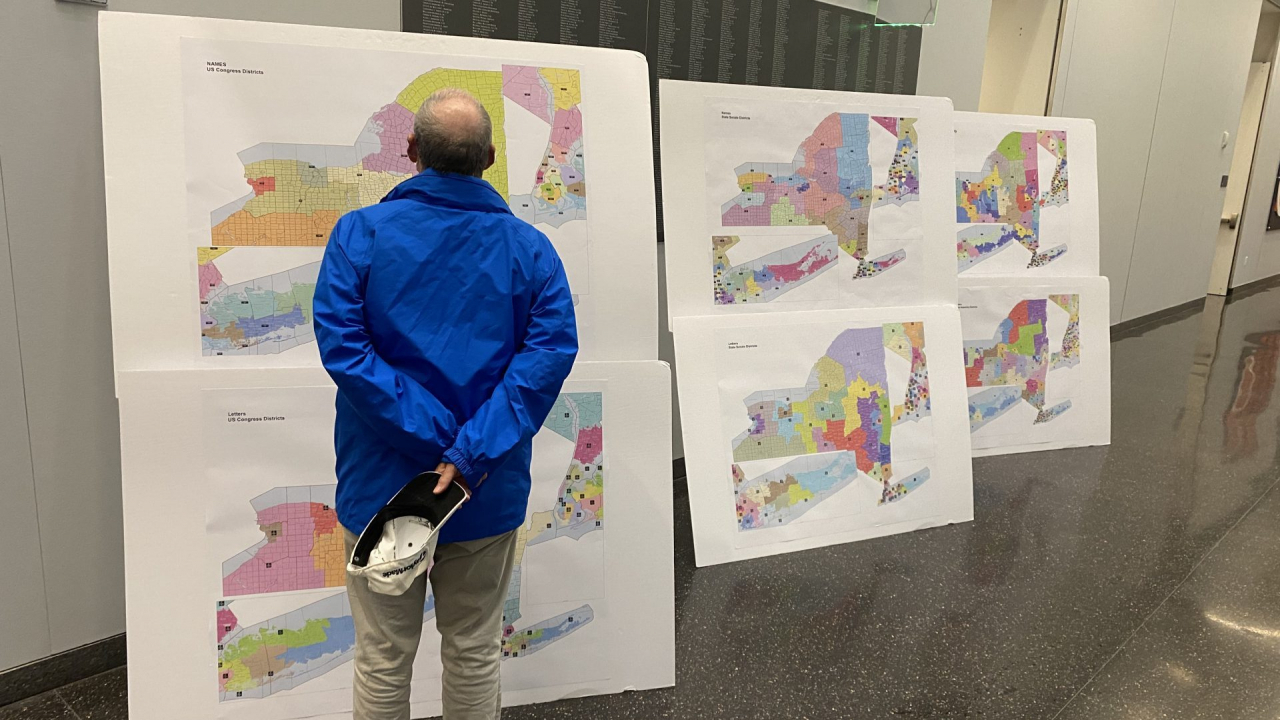
SYRACUSE, N.Y. (NCC News) — The New York Independent Redistricting Commission, composed of five Democrats and five Republicans, encountered hurdles as it sought to agree on new state and legislative districts. At a public hearing held at 4 p.m. on Tuesday at Syracuse University’s College of Law, both parties presented separate congressional maps for Congress, the state Senate, and the state Assembly.
“The task of redrawing district lines is a complex one, and finding common ground among commission members has proven challenging,” remarked Commissioner Jane Smith, representing the Democratic Party. “However, we remain committed to ensuring fair representation for all New Yorkers.”
Commissioner John Doe, representing the Republican Party, echoed Smith’s sentiment. “While there may be disagreements on specific district boundaries, our ultimate goal is to uphold the principles of democracy and provide voters with meaningful choices in upcoming elections,” he stated.
One of the key points of contention arose regarding the configuration of Madison County’s voting district. Colton Mennig, a vocal advocate for maintaining competitive voting districts, argued for linking Madison County with Cortland County and Oswego County.
“Madison County has a rich history of independent thinking, and it’s crucial to preserve its ability to influence elections in a competitive environment,” Mennig asserted during the hearing. “By grouping counties like Cortland, Madison, and Oswego together, we empower citizens to choose their representatives through fair and competitive races.”
However, Philip Church, a leader from Oswego County, offered a different perspective. Church urged the commission to consider reuniting Oswego County into a single district to better represent its unique interests and concerns.
“Oswego County boasts a diverse range of attributes, from our rural landscape to our status as a hub for nuclear power generation and international commerce,” Church emphasized. “Maintaining Oswego County as a cohesive district ensures that our voices are heard on issues that directly impact our community.”
As the commission grapples with competing proposals and input from stakeholders, the challenge of balancing political representation, community cohesion, and electoral fairness remains front and center. With the 2022 state and local primary elections looming, the pressure is on to finalize new district boundaries that reflect the diverse interests and demographics of New York State




